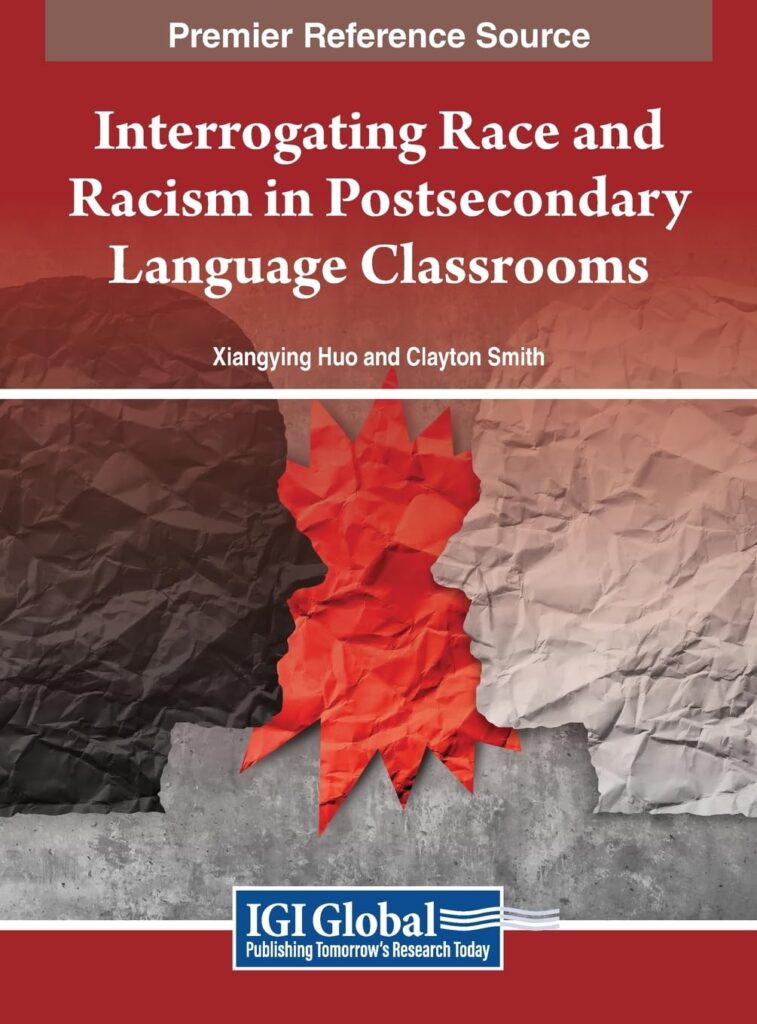Racism is present in postsecondary language classrooms throughout the world. Research shows that a connection exists between race and language teaching, but more importantly, racist and colonial foundations persist in the language classroom (Kubota & Lin, 2006). This can be seen through the classroom presence of epistemological racism, White supremacy, and social hierarchical power structures.
The new IGI Global book, Interrogating Race and Racism in Postsecondary Language Classrooms (Huo & Smith, 2024), takes an important step forward by investigating race and racism in postsecondary language classrooms, how race interacts with language, how power impacts and shapes language teaching and learning, and how hegemony and ideology perpetuate linguistic injustice and discrimination against racially minoritized students and instructors. It also examines how racism has created institutional, structural, and individual barriers for language teachers and learners in higher education. It does this by applying and integrating major theoretical frameworks, embracing various discourses, narratives, stories, and counter stories in different geographic and language teaching contexts, including a collection of liberatory and emancipatory anti-racist and anti-oppressive pedagogies in global postsecondary language teaching contexts, and using intersectionality between language and race to problematize raciolinguistic injustice and hierarchy.
As educators, we can not be silent on the presence of race and racism in postsecondary language classrooms. Instead, we should “examine the intersectionality of language and race to understand linguicism and the historical contextual basis that frames discourse around English language education, and how it interplays and intertwines with race, racial identity, and racialization” (Holden & Smith, 2024, p. 317).
-Clayton Smith
References:
Huo, X., & Smith, C. (2024). Interrogating race and racism in postsecondary language classrooms. IGI Global. doi: 10.4018/978-1-6684-9029-7
Kubota, R., & Lin, A. (2006). Race and TESOL: Introduction to concepts and theories. TESOL Quarterly,40(3), 471–493. doi:10.2307/40264540

Recent Comments